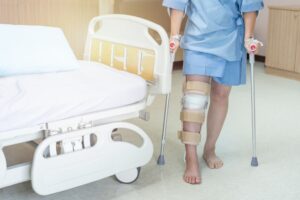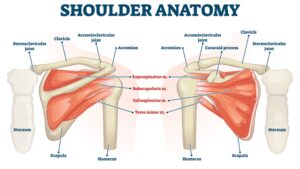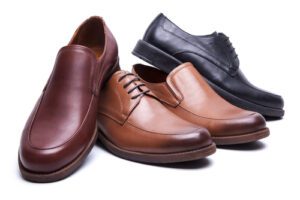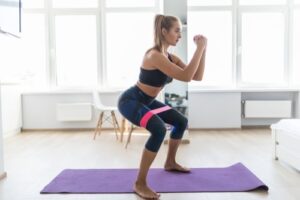Prevent a Fall
Have you noticed yourself losing your balance or being clumsy more often? Do you hold onto walls or furniture around the house walking from room to room? Do you find it difficult to walk on soft or uneven surfaces? Do you have trouble maintaining your balance while walking at night? If you answered “yes” to any of these questions, it may be a sign that you are at a greater risk for falling.
Falling is a serious problem in the aging community. As we age, things such as hearing, sight, strength and reaction time tend to decline. All of these things are essential to maintaining balance to prevent a fall. Bone density also tends to decline as we age, especially if you lead a more sedentary lifestyle. This increases your chance for a bone fracture, making falls especially dangerous.
How to prevent a fall?
Luckily, balance can be improved. The first thing you should do is make an appointment with a physical therapist, who will perform a fall screen. Some examples of things your physical therapist might have you do are: various walking activities, balancing with your eyes closed, or balancing on a foam surface. Your performance with these activities will help your physical therapist determine your greatest areas of weakness, so they can create a program specific to
your needs.
There are other things you can do to help decrease your risk of falling including:
- Declutter your living space: Don’t leave things strewn across the floor, and pull up area rugs that could easily be tripped over.
- Consider your medications: If you are taking multiple medications, they could potentially be interacting with each other to cause negative side effects, including dizziness and balance issues. Talk to your pharmacist about possible drug interactions. Don’t ever stop or change any medications before speaking to your doctor.
- Stay active: Participating in daily exercise will help to maintain your strength, mobility, and overall health. This may include brisk walking, light weight lifting, yoga, Tai Chi, etc. Talk to your physician and/or physical therapist to determine the best exercise regime for you.
- Consider using an assistive device such as a walker or a cane: Many older adults are understandably reluctant to transition to using a cane or a walker. However, if you are at a greater risk of falls, using an assistive device can help to keep you safe and independent for longer. Talk to your physician or physical therapist to determine the best assistive device for you.







